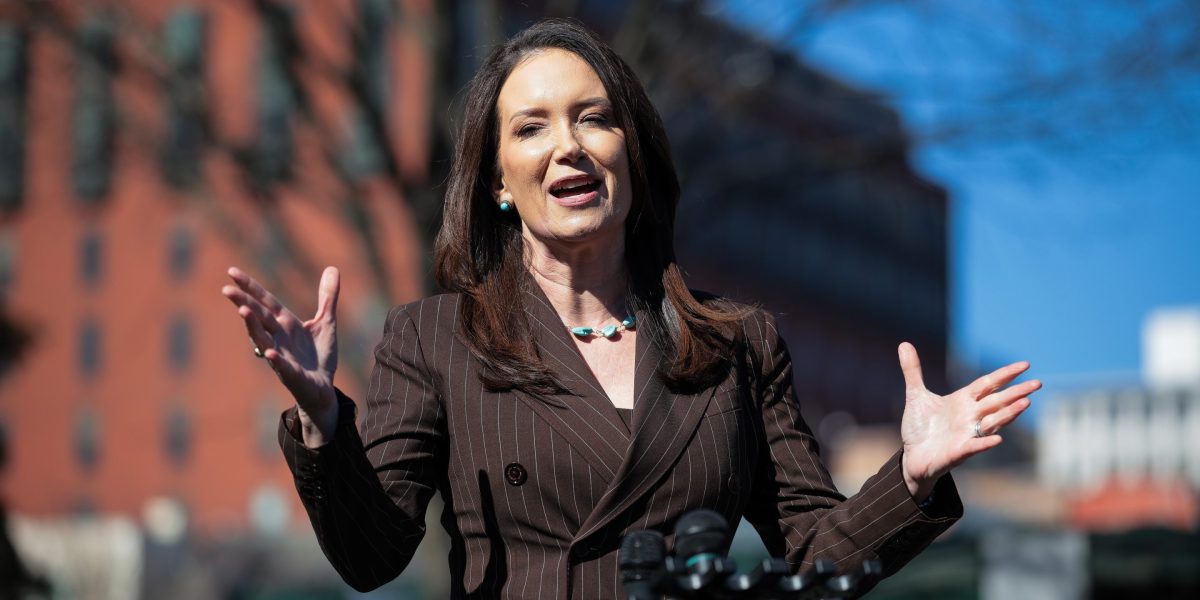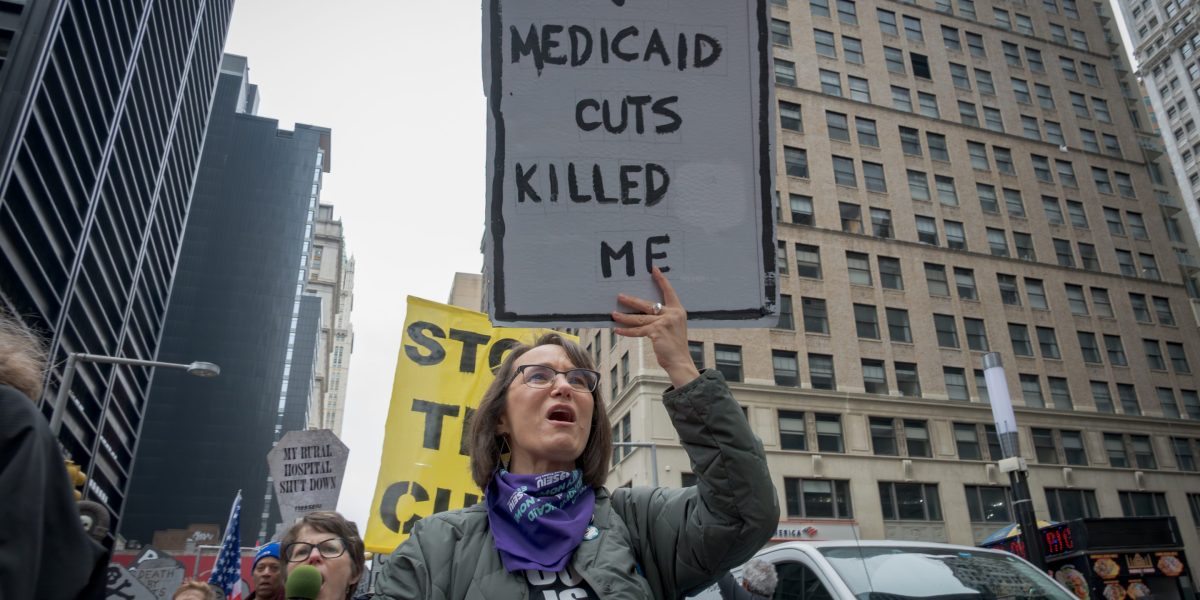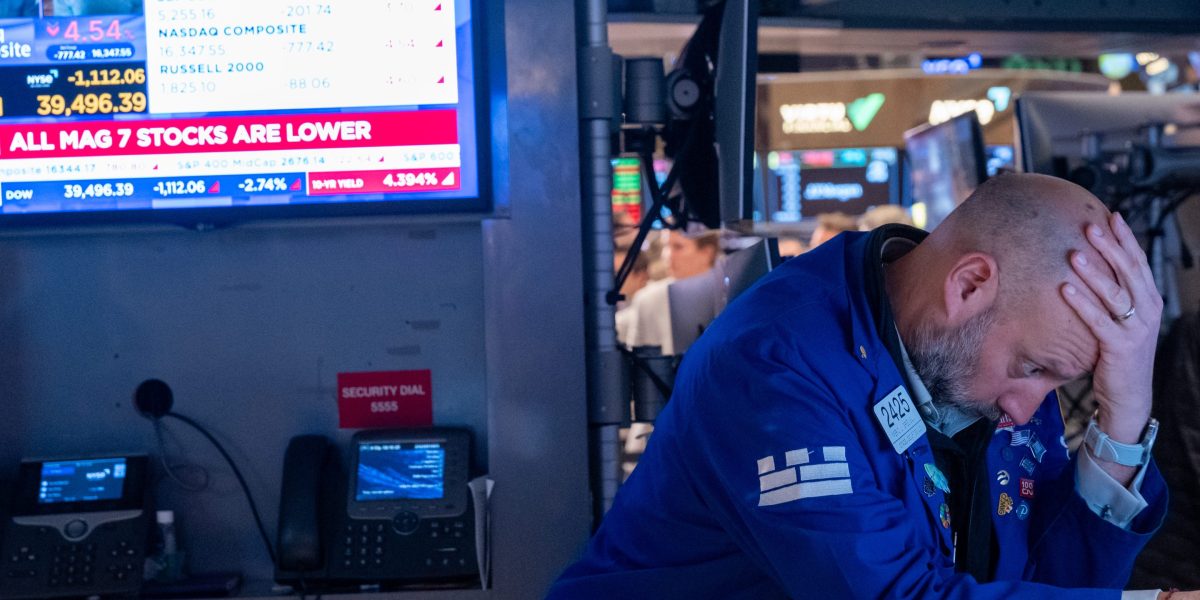- Trump administration officials and lawmakers are considering aid for farmers as retaliation looms against U.S. tariffs. China and Canada have already levied duties on some of the top U.S. agricultural exports. During Trump’s first term, farmers got $23 billion after an earlier round of tariffs.
Trump administration officials and lawmakers have begun exploring a relief package for U.S. farmers as agricultural trade groups warn of economic repercussions from tariffs.
That’s as retaliation against President Donald Trump’s sweeping import taxes could harm U.S. exports of farm products.
“We are setting up the infrastructure that if, in fact, we have some economic consequences in the short term to our farmers and perhaps our ranchers, that we will have programs in place to solve for that,” Agriculture Secretary Brooke Rollins told reporters last week.
On Sunday, she told CNN the administration must be prepared in case of “longer-term damage” by lining up funds with lawmakers.
Sen. John Hoeven (R-N.D.) confirmed discussions about a farm bailout and said he spoke with Rollins.
The USDA did not immediately respond to Fortune’s request for comment.
On Wednesday, Trump announced a minimum 10% levy on all imports and even higher rates on certain trading partners. Some countries have retaliated with their own levies against specific industries.
On Friday, China—a major export market for farmers—announced a 34% tariff on U.S. imports, after previously imposing an added 15% tariff on U.S.-grown chicken, wheat, corn, and cotton and a 10% levy on sorghum, soybeans, pork, beef, seafood, fruit, vegetables, and dairy products.
In addition, Canada has levied 25% duties on goods worth $30 billion including peanut butter, orange juice, and coffee. The country also threatened to expand its tariffs to $155 billion worth of imported goods, including poultry, produce, and dairy products, if the U.S. maintains its trade policy. The European Union has threatened to retaliate against soybean, beef, and poultry farmers in the bloc’s effort to target red states.
Trade groups have warned that retaliatory tariffs on U.S. agricultural exports could harm the prices of corn, soybeans, cotton, and other crops. The price of soybeans sank more than 3% Friday and are down almost 17% since a year ago. Roughly 60% of soybeans, meal, and soy oil produced in the U.S. are exported.
“We hope there will be a bailout,” Barry Evans, a sorghum and cotton farmer in Texas who sits on the board of directors for a sorghum grain trade group, told The Wall Street Journal. “If we don’t get something, it will be quite a disaster.”
The farming industry relies on exports for more than 20% of its annual income, according to the American Farm Bureau Federation.
In 2024, the U.S. exported $176 billion in agricultural products, with 47% going to three countries: Mexico (17.2%), Canada (16.1%), and China (14%). According to the USDA, soybeans, livestock products, tree nuts, fruits, vegetables, grains, and feeds are among the top U.S. exports.
Tariffs in Trump’s first term triggered retaliation that caused a reduction of more than $27 billion in agricultural exports, according to USDA. The government gave farmers $23 billion in economic aid to help offset the loss.
Retaliatory tariffs add obstacles to an already struggling industry. Last year, Congress approved a $10 billion relief package to farmers to help reduce the impact of increased input costs and lower commodity prices and recently began dishing out the aid. The new package could be larger as the industry is faced with broad-ranging challenges, a congressional aide told WSJ.
“We share the administration’s goal of leveling the playing field with our international partners, but increased tariffs threaten economic sustainability of farmers who have lost money on most crops for the past three years,” president of the Farm Bureau, Zippy Duvall, told the WSJ.
In addition to the impact of retaliatory tariffs on agricultural exports, U.S. tariffs on imports could also increase prices that farmers pay for equipment, pesticides, and fertilizer.
Meanwhile, farmers are also suffering from the Department of Government Efficiency dismantling USAID. In 2020, the U.S. government purchased roughly $2.1 billion in food aid from American farmers.
This story was originally featured on Fortune.com
Source link

 Entertainment8 years ago
Entertainment8 years ago
 Politics8 years ago
Politics8 years ago
 Entertainment8 years ago
Entertainment8 years ago
 Entertainment8 years ago
Entertainment8 years ago
 Tech8 years ago
Tech8 years ago
 Tech8 years ago
Tech8 years ago
 Tech8 years ago
Tech8 years ago
 Politics8 years ago
Politics8 years ago







